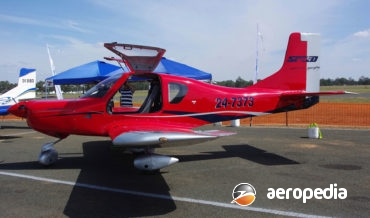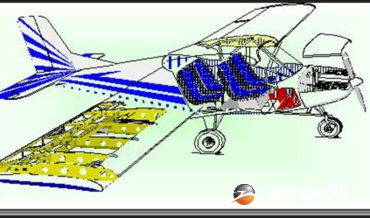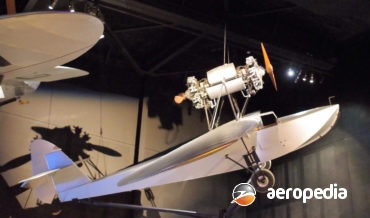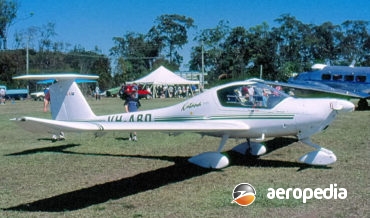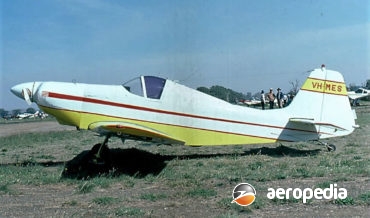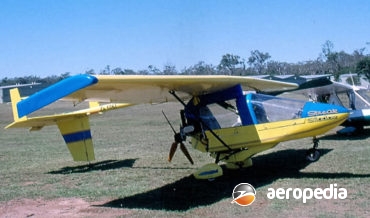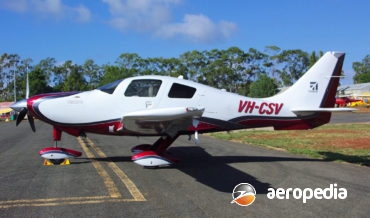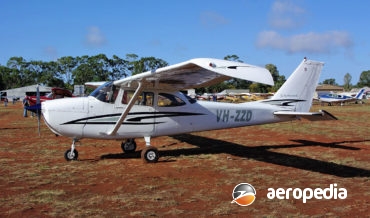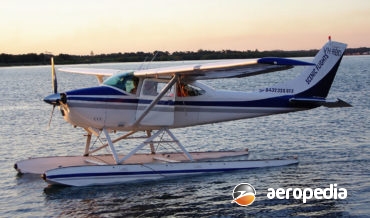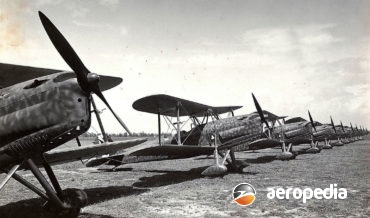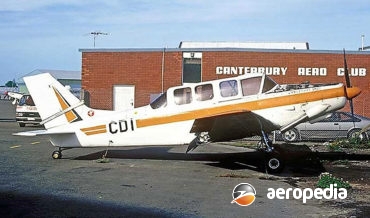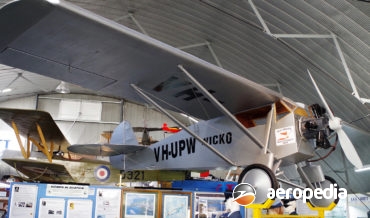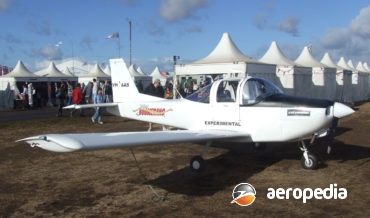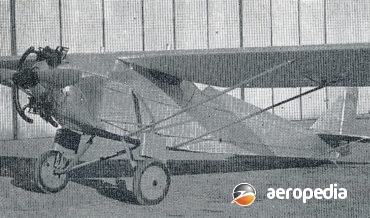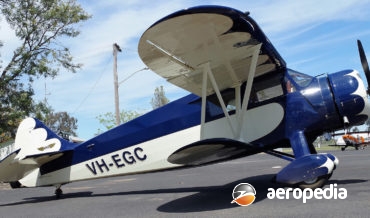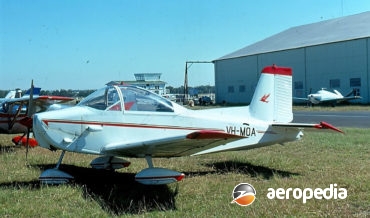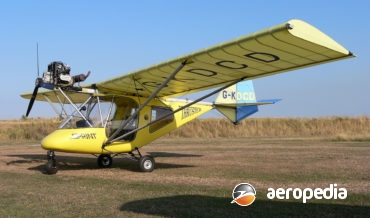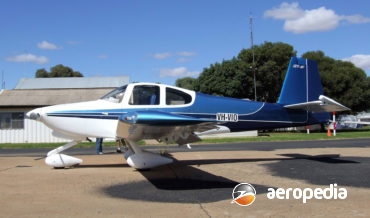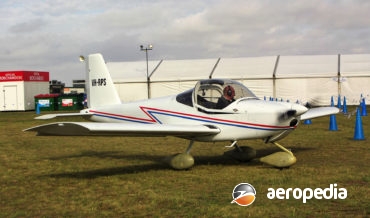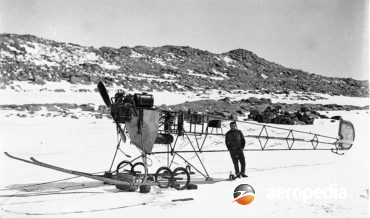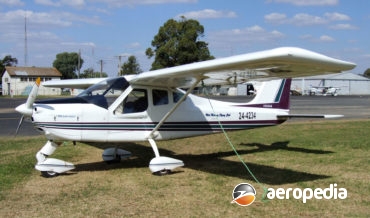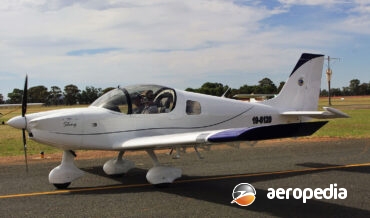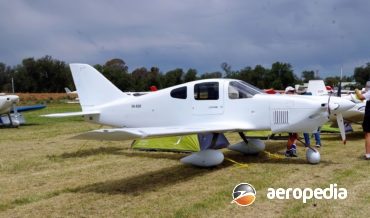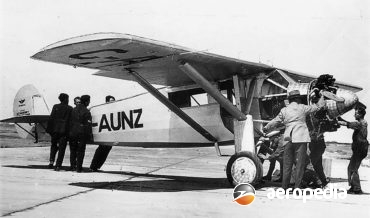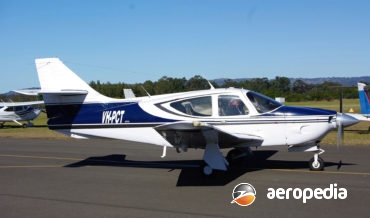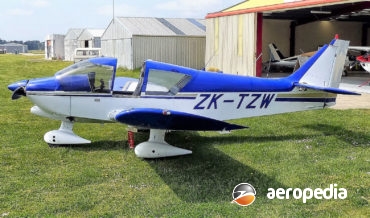All Contents
Contents
For years the four-seat, single-engine fixed-pitch propeller aircraft market was dominated by Cessna and Piper but in later years new designs have been placed on the market and one of these designs has come from Italian manufacturer, Tecnam.
David C. Eyre
- March 23, 2020
The Lightwing Speed was designed and built by the Hughes Lightwing Co at Ballina, NSW to be produced in kit form for the light aircraft market, being produced in four basic versions, the two-seater known as the SP2000-S which is a lightweight models for registration under Recreation Aircraft Australia Regulations
David C. Eyre
- August 24, 2019
In late 1999 Hughes Engineering of Ballina, NSW, announced it proposed to put into production a four-seat kit aircraft designed by students from the University of New South Wales Engineering School, the latter having been commissioned to design the aircraft earlier that year.
David C. Eyre
- August 24, 2019
The Praga E.114 was designed by Jaroslav Slechta in Czechoslovakia and initially built by CKD Praga, where it became known as the Air Baby.
David C. Eyre
- August 24, 2019
The Ibis was a foray into the design and construction of a light aircraft by one of Australias most famous aviators, Herbert (Bert) John Louis Hinkler.
David C. Eyre
- August 24, 2019
The DV-20 Katana is a two-seat training and touring aircraft produced by HOAC Austria Flugzeugwerk at Weiner Neustadt, being basically a development of the Dimona and Super Dimona motor gliders.
David C. Eyre
- August 24, 2019
Mr Anton Cvjetkovic, a Yugoslav emigrant to the United States, began work in May 1960 on the design of a series of light aircraft, the first of which became known as the CA61.
David C. Eyre
- May 17, 2019
Designed by R C Christophorides, the CH-3 and CH-4 series of light sporting aircraft was initially developed at Heston, UK, by the Chrislea Aircraft Co Ltd. The series was a development of the Chrislea LC-1 Airguard (G-AFIN) produced prior to World War II.
David C. Eyre
- May 17, 2019
The Husky is a development of the Piper Super Cub produced by Aviat Inc of Wyoming, USA. Designed to FAR 23 standards, and certified in 1987, it is powered by a 134-kw (180-hp) Lycoming engine driving a constant speed propeller, this giving superior performance to that previously available with the
David C. Eyre
- May 17, 2019
The Streak and Shadow light aircraft were produced by the Cook Flying Machine Company (CFM) in the United Kingdom and have been a sales success, with examples sold to more than 36 countries around the world, including New Zealand and Australia.
David C. Eyre
- May 17, 2019
The first Cessna Model C-34 was completed in June 1935 at Cessna’s Wichita, Kansas, plant, and shortly thereafter it was entered in the All Kansas Tour (1,609 km -1,000mile) when it easily won a 40 km (25 miles) free-for-all race. Fitted with a Warner Super Scarab engine, the Model
David C. Eyre
- May 17, 2019
The Cessna C165 was a development of the earlier Models C-37 and C-38 produced by the Cessna Aircraft Co at its Wichita, Kansas facility shortly before the commencement of World War I. It was the culmination of the development of the Super Scarab powered series, and was a stylish, clean,
David C. Eyre
- May 17, 2019
Following the success of the Neico Lancair series of kitplanes, Lance Neibauer designed a production certificated aircraft based on the four-seat Lancair ES and set up a separate company to build and market the new type. First in the series became the Colombia 300.
David C. Eyre
- May 17, 2019
The 152 was introduced to the Cessna range in 1978 as a redesign of the 150 and was, like its competitors the Beech Skipper and Piper Tomahawk, aimed at the training market as a new design.
David C. Eyre
- May 17, 2019
Derived from the Model 170, the 172 differed initially mainly in that it had a tricycle undercarriage.
David C. Eyre
- May 17, 2019
The Cessna 177 Cardinal RG was introduced into the Cessna range in 1970 and is basically a variant of the 177 series with a hydraulically retractable tricycle undercarriage.
David C. Eyre
- May 17, 2019
The Model 182, which was introduced into the Cessna range in 1956, initially used the same airframe and engine as the Model 180, but it had four seats for executive use rather than for the utility role, and was fitted with a tricycle undercarriage.
David C. Eyre
- May 17, 2019
The Ca.164 was designed and developed as a training and touring biplane and was produced in Italy for the Italian Air Force and Italian aero clubs shortly prior to World War II.
David C. Eyre
- May 17, 2019
Since the availability of aircraft from the Eastern Block in the late 1970s some hundreds of Soviet designed aircraft have become available to western pilots.
David C. Eyre
- May 8, 2019
The one and only example of the Yeoman Hanes 250 aircraft was built initially at Bankstown by Yeoman Aviation as a single-seat agricultural monoplane, a Model 250R Cropmaster, and was registered as VH-DEQ (c/n 110) on 28 January 1964 to the manufacturers for testing.
David C. Eyre
- May 8, 2019
In 1929 Geoffrey Wikner purchased a second-hand but badly damaged Farman Sport biplane and rebuilt it, at that time registering a company as the Aircraft of Australia Aviation Co, and set about barnstorming in Queensland
David C. Eyre
- May 8, 2019
The Boomerang was designed by Mr William “Bill” Whitney as a two-seat, all-metal, light training monoplane in 2003/04 to replace the many Cessna 152s and Piper Tomahawk in use around Australia with various training organisations.
David C. Eyre
- May 8, 2019
After construction of the Wikner Wicko, Geoffrey Neville Wikner designed and his company, Australian Aircraft Co at Archerfield, QLD, built a high-wing monoplane powered by the same 45-kw (60-hp) Anzani radial engine that had been fitted to the earlier aircraft.
David C. Eyre
- May 8, 2019
The Waco series of touring biplanes was first released in 1931 by the Weaver Aircraft Co (WACO).
David C. Eyre
- May 8, 2019
The first Australian designed light aircraft to be granted type approval (on 4 July 1962), the Airtourer was a development of a design by the late Henry Millicer which won the Royal Aero Club design competition for a light aircraft.
David C. Eyre
- May 8, 2019
Following the first flight of the Airtourer 100 on 12 December 1961, the first production aircraft flew in June 1962.
David C. Eyre
- May 8, 2019
The Vision is a two-seat dual-control high-wing strut-braced monoplane suitable for training, recreation, and property work produced by Vision Aircraft at its manufacturing facility at Orange, NSW. A couple of variants are available, including the Vision 600 and the Vision 600 Mk 2.
David C. Eyre
- May 8, 2019
The RV-10 series was the first foray by Richard Vans Grunsven of Vans aircraft into the manufacture of a kit for a four-seat aircraft, and the prototype (N410RV) was flown for the first time on 29 May 2003.
David C. Eyre
- May 8, 2019
The Vans series of light aircraft kit planes has been the most popular for homebuilders for some years and a variety of models is available.
David C. Eyre
- May 8, 2019
Vickers Ltd of Westminster was founded in 1911 under the control of Major H F Wood, the firms Commercial Aviation Department being placed under the control of Brigadier General Caddell.
David C. Eyre
- May 8, 2019
The Pelican series of light aircraft is marketed by Ultravia Aero Inc at Mascouche, Quebec, Canada, as a homebuilt two-seat touring aircraft supplied in kit form for the amateur builder.
David C. Eyre
- May 8, 2019
Following the success of the Curtiss OX-5 powered Model 2000, Travel Air moved on to the Model 3000, a three-seat open cockpit variant powered by a 112-kw (150-hp) Hispano-Suiza Model A engine or the high-compression Model E which produced 134 kw (180 hp).
David C. Eyre
- May 8, 2019
One of the new breed of light aircraft which can be registered under AUF or RAA regulations, or placed on the general aviation civil register, the P-92 Echo series is marketed by Costruzioni Aeronautiche Tecnam in Naples, Italy, the prototype P-92 Echo making its first flight on 14 March 1993.
David C. Eyre
- May 8, 2019
The Tecnam 2002 series was introduced to the Company’s line in 2004, being described as designed and built in the 21st Century, this is the standard all GA trainers should attain.
David C. Eyre
- May 8, 2019
Built by The Airplane Factory at Tedderfield at Johannesburg in South Africa, the company produces two designs, the Sling 2, which is available as a GA aircraft with an all-up weight of 700 kg, but 600 kg ( l lb) if registered under LSA Regulations; and the Sling 4, the
David C. Eyre
- May 8, 2019
The Foxtrot 4 light high-performance sporting and touring monoplane was developed by Team Tango, a company based at Williston, Florida, and owned by Revolution Aviation Inc.
David C. Eyre
- May 8, 2019
The Ryan Brougham series was the first real attempt by the Ryan Aircraft Corp to produce a light commercial transport, and the type became famous when a variant, known as the Ryan NYB (NX211) was used by Charles Lindberg to fly the Atlantic in May 1927 in 33 ½ hours.
David C. Eyre
- May 8, 2019
The Navion was designed by North American Aviation as the NA-143, later the NA-145, and major production in some numbers was by Ryan Aeronautics to the extent that some 1,238 examples were constructed in the years 1948 to 1950, the latter acquiring the rights to the design in 1947.
David C. Eyre
- May 8, 2019
The first of a new series of single-engine monoplanes, the prototype Commander 112 was flown for the first time on 4 December 1970 powered by a 134-kw (180-hp) Lycoming O-360 engine.
David C. Eyre
- May 8, 2019
The Aiglon was one of a series of touring monoplanes produced in France in the late 1970s and early 1980s and completed in small numbers, the prototype making its first flight on late 1976 and being known as the R.1180 Aiglon.
David C. Eyre
- May 8, 2019
Recent Comments
Archives
Categories
- No categories
Categories
- No categories
Latest Posts
Newsletter


